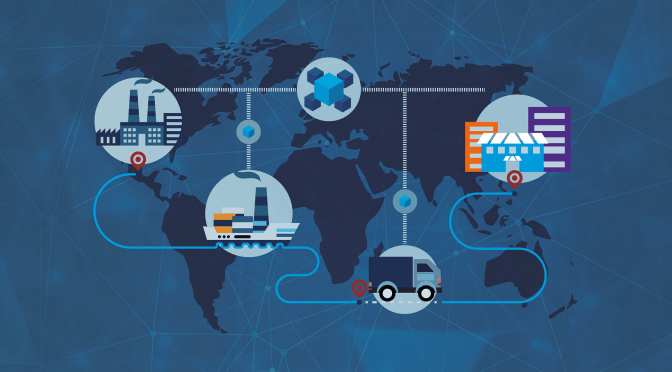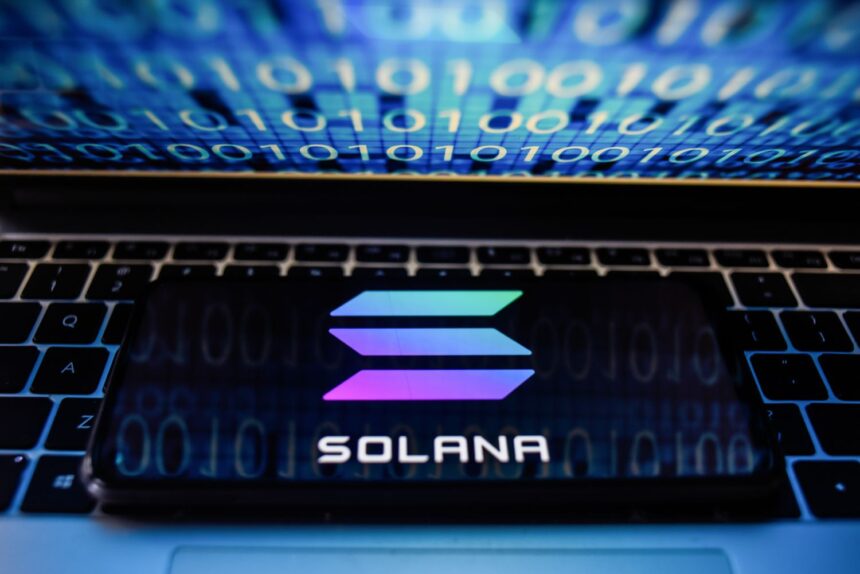Blockchain technology has revolutionized the digital landscape, and among the various platforms available today, Solana has emerged as one of the most powerful and scalable solutions for decentralized applications (DApps). With its lightning-fast transaction speeds, low fees, and robust ecosystem, Solana offers a compelling alternative to traditional blockchain networks like Ethereum. But what makes Solana unique, and why is it gaining massive traction in the crypto space? Let’s dive deeper into what sets this blockchain apart.
What is Solana?
Solana is an advanced, open-source blockchain platform designed to support high-performance decentralized applications. Launched in 2020 by Anatoly Yakovenko, Solana aims to address key issues plaguing traditional blockchains, such as slow transaction speeds and high gas fees. By utilizing a unique proof-of-history (PoH) mechanism alongside proof-of-stake (PoS), Solana can process thousands of transactions per second (TPS), making it one of the fastest blockchains in existence.
The primary goal of Solana is to provide a scalable and user-friendly environment for developers and businesses looking to build decentralized applications. Its innovative architecture and cutting-edge technology have positioned it as a top contender in the blockchain space.
How Solana Achieves High Performance
Solana’s high-performance capabilities are achieved through a combination of key technologies and design principles. The network’s architecture allows it to scale efficiently without compromising security or decentralization. Here are the core components that contribute to Solana’s speed and efficiency:
Proof of History (PoH)
One of the most revolutionary aspects of Solana is its proof-of-history (PoH) consensus mechanism. Unlike traditional blockchains that rely solely on proof-of-work (PoW) or proof-of-stake (PoS), PoH creates a verifiable historical record of transactions before they are added to the blockchain. This mechanism reduces the time needed for network nodes to reach a consensus, allowing for near-instant processing.
By timestamping transactions before they enter the blockchain, Solana eliminates bottlenecks that often slow down networks like Ethereum. This innovation significantly increases Solana’s throughput, making it an ideal choice for high-frequency applications such as DeFi and NFT marketplaces.
Tower BFT (Byzantine Fault Tolerance)
To enhance network security and efficiency, Solana integrates Tower BFT, an advanced version of the Byzantine Fault Tolerance consensus model. Tower BFT ensures that validators agree on transaction order and network state even in the presence of malicious actors. This mechanism helps maintain the network’s decentralization while enabling fast and secure processing.
Gulf Stream and Sealevel
Solana also implements Gulf Stream, a protocol that allows for efficient transaction forwarding and caching. Instead of waiting for transactions to be confirmed in a block, Gulf Stream pushes them directly to validators, reducing congestion and improving transaction finality.
Additionally, Sealevel is a parallel processing engine that enables Solana to execute multiple smart contracts simultaneously. Unlike Ethereum, which processes transactions sequentially, Solana’s parallel execution model significantly boosts performance and scalability.
The Benefits of Using Solana
High Transaction Speeds
Solana can process over 65,000 transactions per second (TPS), making it one of the fastest blockchains available. Compared to Ethereum, which processes around 15-30 TPS, Solana’s speed gives it a significant edge, especially for applications requiring real-time processing.
Low Transaction Fees
Gas fees on Ethereum can be exorbitantly high, often reaching hundreds of dollars per transaction. In contrast, Solana offers ultra-low fees, with average costs as low as $0.00025 per transaction. This affordability makes Solana an attractive choice for developers and users looking to avoid expensive blockchain transactions.
Scalability and Efficiency
Solana’s architecture allows for effortless scaling without compromising performance. As more validators join the network, Solana maintains its speed and efficiency, ensuring that it remains a viable solution for large-scale decentralized applications.
Developer-Friendly Ecosystem
With a growing ecosystem of tools, APIs, and development frameworks, Solana provides a robust environment for blockchain developers. The network supports Rust and C programming languages, making it easier for developers to create and deploy applications on the blockchain.
Use Cases and Applications of Solana

Decentralized Finance (DeFi)
Solana has become a go-to platform for DeFi applications due to its speed and affordability. Platforms like Serum, Raydium, and Mango Markets have built their DeFi ecosystems on Solana, offering users decentralized exchanges, lending protocols, and liquidity pools.
Non-Fungible Tokens (NFTs)
The NFT market has exploded in popularity, and Solana’s low fees and fast transactions make it an ideal platform for NFT projects. Marketplaces like Magic Eden and Solanart have gained traction, allowing artists and collectors to trade NFTs with minimal costs.
Gaming and Metaverse Projects
Blockchain gaming and metaverse projects require high throughput and minimal latency, making Solana an excellent choice. Games like Star Atlas and Aurory leverage Solana’s capabilities to offer seamless in-game transactions and digital asset ownership.
Web3 and Decentralized Applications
Solana is also driving innovation in the Web3 space, enabling developers to create decentralized applications (DApps) with enhanced performance. From social media platforms to decentralized identity solutions, Solana is at the forefront of Web3 adoption.
The Future of Solana
As blockchain technology evolves, Solana continues to push the boundaries of innovation. The network has received significant backing from investors, developers, and enterprises, fueling its growth and adoption.
With ongoing upgrades, increased validator participation, and expanding partnerships, Solana is well-positioned to become a dominant force in the blockchain ecosystem. As more projects build on Solana, its value proposition as a high-performance, low-cost, and scalable blockchain will continue to strengthen.
Conclusion
Solana has emerged as one of the most promising blockchain platforms, offering unmatched speed, affordability, and scalability for decentralized applications. Whether it’s DeFi, NFTs, gaming, or Web3, Solana provides a seamless and efficient environment for developers and users alike.
As blockchain adoption grows, Solana’s cutting-edge technology and innovative features make it a top choice for those looking to build and interact with next-generation decentralized applications. If you’re looking for a blockchain that combines performance, security, and cost-effectiveness, Solana is undoubtedly a leading contender.
